What is the “Fifth Column”? It is a term that originated during the Spanish Civil War (1936-1939) to describe a group of people who undermine ⏤ from within ⏤ another larger group. Fifth Column activities can be visible to all or covert and clandestine in nature and typically result in sabotage, disinformation, and espionage. In Britain, its Fifth Column problem, in the form of the British Union of Fascists, was well-known to Churchill and others. However, below the surface, ordinary British citizens were willing to sell out their country to Hitler and the Nazis. They shared a common admiration for Hitler and his anti-Semitic philosophy and thought Britain would be better off under German rule.

It wouldn’t be until an unassuming low-level London bank clerk took a leave of absence and resurfaced as a Gestapo agent that the intelligence agencies became fully aware of the magnitude of the underground Fifth Column trying to pass secret military intelligence to the Nazis.
Did You Know?
Did you know that John F. Kennedy was not the only United States president to have been saved at sea during World War II? After turning eighteen, George H.W. Bush enlisted in U.S. Navy and served as a pilot of a Grumman Avenger Torpedo aircraft. Two years later, Lt. Bush flew one of his fifty-eight missions alongside three other Avenger bombers. Each plane carried three aviators. Their mission was to bomb the radio station located on the small island of Chichijima.
Despite the intense flak and anti-aircraft fire, Lt. Bush and the other planes managed to take out the radio station. His plane was hit and falling at a speed of one hundred ninety miles per hour when Lt. Bush bailed out hitting his head on the plane’s tail. He ended up in the water and was able to inflate a small raft which he floated in for four hours before the USS Finback, a submarine, picked him up. This was the second time Lt. Bush had to be plucked out of the water during a mission.
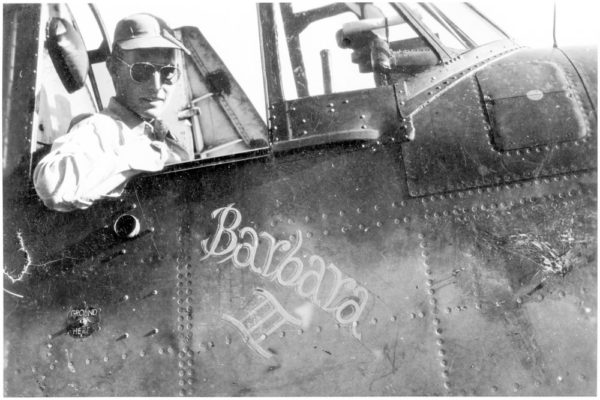
Unfortunately, the two airmen flying in his plane did not survive. The other planes went down and seven airmen were captured by the Japanese. They were tortured, beheaded, and their livers were cut out for their captors to eat.
Lt. George H.W. Bush was the only survivor of the mission. He would be awarded the Navy’s Distinguished Flying Cross for this mission in addition to three Air Medals, and the Presidential Unit Citation for his service during World War II.
Watch Lt. Bush being rescued at sea by the USS Finback. Click here.
British Military Intelligence
There are two primary intelligence departments in Britain: Security Service or MI5 (Military Intelligence Section 5) and Secret Intelligence Service (SIS) or MI6. While MI6 is responsible for foreign intelligence, it is MI5 that provides domestic counterintelligence. It is similar to the American intelligence structure of the CIA (foreign) and FBI (domestic).
MI5 was founded in 1909 and is under the authority of the Home Secretary within the cabinet of the prime minister. It had its troubles during the inter-war period (between the two world wars) due to weak leadership. However, its greatest accomplishments during World War II were Operation Double-Cross (click here to read the blog The Double Cross System) and Operation Fifth Column. Both of these initiatives were headed by MI5 spymaster Maxwell Knight.
Maxwell Knight (1900-1968) is generally considered to have been Ian Fleming’s model for the character of “M” in the James Bond series. In the mid-1920s, Knight was working undercover for MI5 by infiltrating early British fascist groups as well as communist cells in England. Knight became MI5’s director of intelligence and eventually head of Section B5(b) which was responsible for infiltrating agents into subversive organizations.
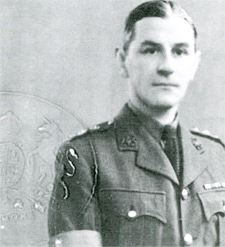
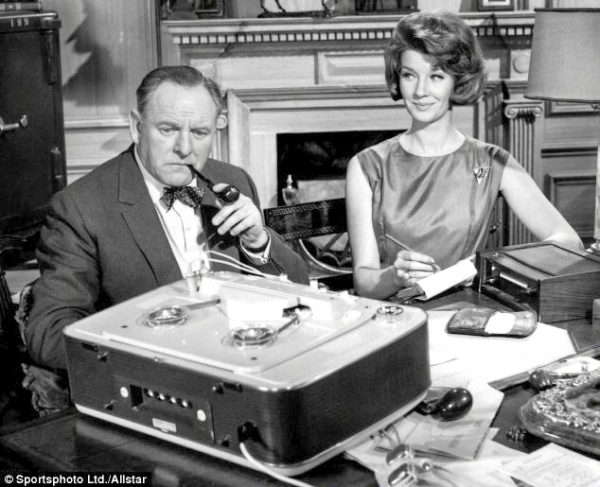
Knight was well respected, but his advice was not always heeded. He fought the prevailing prejudices against women. Knight believed several of his best agents were women and he continuously argued with superiors who rejected the idea of women as agents. Knight was the first to warn of communist infiltration of MI5 and he was not taken seriously. He was suspicious that his unit had been infiltrated. In time however, Knight would be proven correct after the Cambridge Five spy ring and in particular, Kim Philby, was exposed.
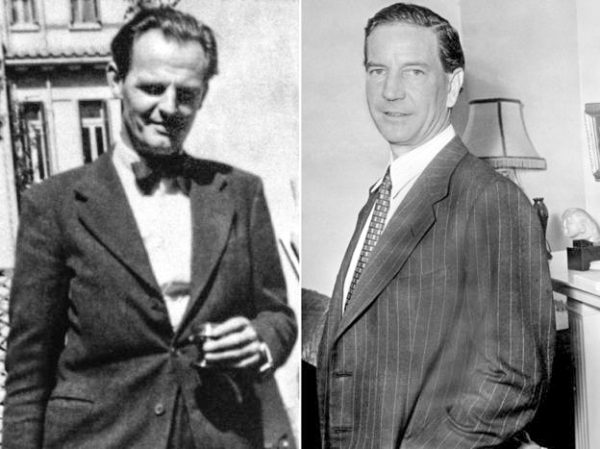
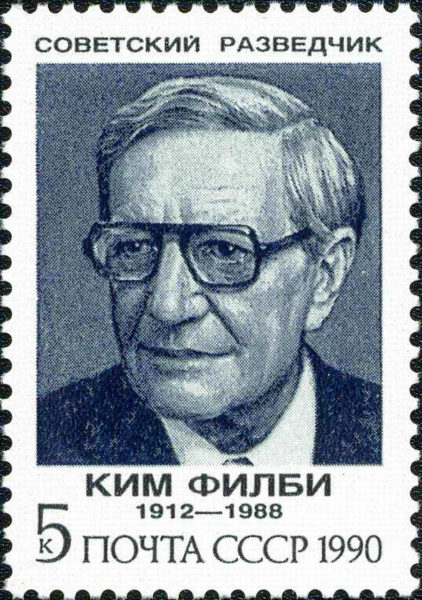
Eric Arthur Roberts
Eric Roberts (1907-1972) was a non-descript, low level bank clerk in the 1920s when MI5 and Maxwell Knight recruited him to be a field agent. Roberts’s first assignments were to infiltrate communist and fascist groups. By the 1930s, Roberts was given the assignment to infiltrate Sir Oswald Mosley’s (1896-1980) organization, the British Union of Fascists (BUF). (click here to read the blog British Fascists and a Mitford) During this entire time, Roberts continued his day job at the bank.
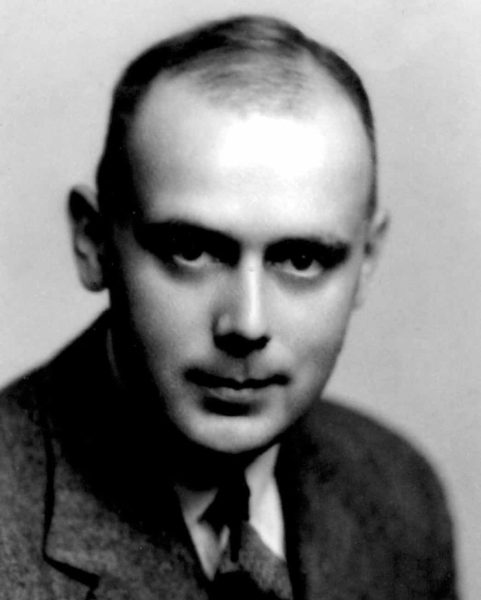
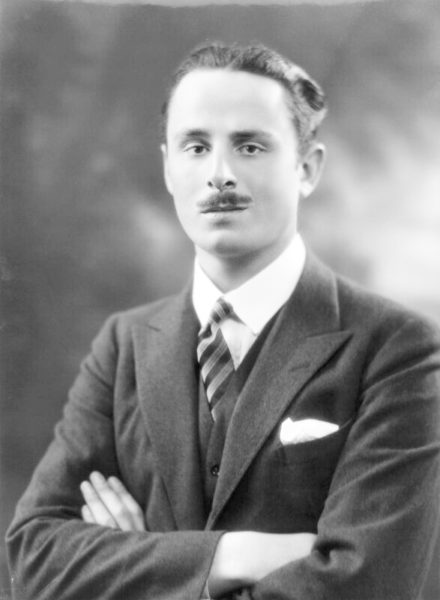
Formed in 1932, the BUF was an extreme right-wing organization which had a tremendous amount of popular support and a large membership. Its role models were Adolf Hitler and Benito Mussolini and was based on their respective political philosophies. One of their cornerstones was Nazi-style anti-Semitism. Unfortunately, many in England shared Hitler’s views on Jews. BUF supporters became known as “Blackshirts” because of the uniforms they wore, and they became increasingly violent as time went on. By 1936, the British government began passing laws to curb the BUF’s activities and by 1940, it was finally banned. A number of BUF members and leaders, including Mosley, were arrested and imprisoned for the duration of the war. The BUF was considered to be Britain’s largest and most visible Fifth Column.
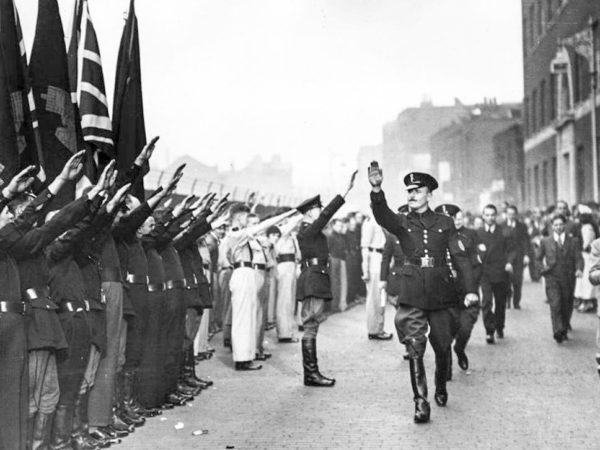
At the outbreak of war, Knight approached Westminster Bank and asked Roberts’s supervisor to release his employee for important war service. The bank was astonished that someone as unremarkable as Roberts would be needed for important government work. They wrote back to MI5, “What are the particular and especial qualifications of Mr. Roberts – which we have not been able to perceive?”
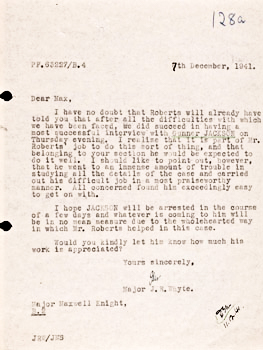
Operation Fifth Column
Eric Roberts immediately disappeared from sight. He reemerged in London as Jack King or as he would become known, “Agent Jack.” Roberts’s role was to present himself as a Gestapo agent working undercover in England for the purpose of gathering sensitive intelligence which could be passed on to Berlin. It was assumed he would need to infiltrate fascist organizations such as the BUF. What Jack found was something that astounded himself, his superiors, and the highest levels of the government: ordinary British citizens who were willing to provide this information to him because of their hatred for England, hatred of Jews, and a belief England would be better off under Hitler and the Nazis.
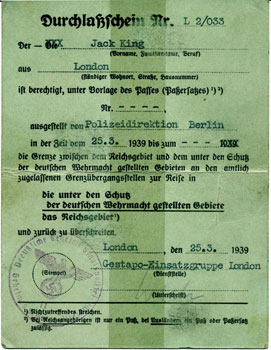
Roberts had two particular talents: first, he was very amiable and enjoyed jokes and drinking. In other words, Roberts was very good at putting people at ease and gaining their trust. Second, he knew how to operate around very dangerous people. Early in the war, Roberts was successful in getting a BUF member to disclose he had set fire to a Jewish business to light up London for German bombers to hit. His inside work within the BUF paled compared to his contacts with “every day, normal” British citizens whom he found to hateful, anti-Semitic, and bloodthirsty in their attempts to undermine their country.
Agent Jack built up a network of these people to supply him with military intelligence. Once they were convinced he was a Gestapo agent with a direct line back to Berlin, the information never stopped flowing and they actually assisted in recruiting new spies for him. Nancy Brown volunteered the location of hidden anti-aircraft guns on the grounds of a grammar school. She remarked, “I wouldn’t mind if they all got hit.” Brown once gleefully reported the results of a German bombing on a school clinic killing several children. Eileen Gleave gathered information from British soldiers about convoys and troop locations. This was handed over to Agent Jack. As time went on, the names of Nazi sympathizers multiplied, and the information he gathered grew immense.
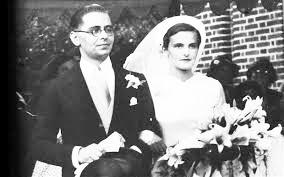
Roberts met Marita Perigoe who was married to a member of the BUF. She believed Mosley’s organization to be “insufficiently extreme.” Perigoe was violently anti-British and MI5 felt she needed special attention. She would become one of Jack’s most prolific spies turning over information like the secret designs from Rolls Royce, the maker of aircraft engines. Hilda Leech passed on secret research reports on the development of jet aircraft. Edgar Whitehead’s contribution to Agent Jack was the secret details of a new amphibious tank.
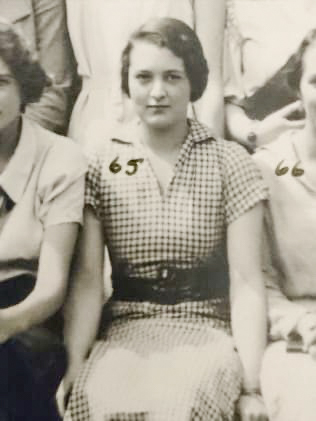
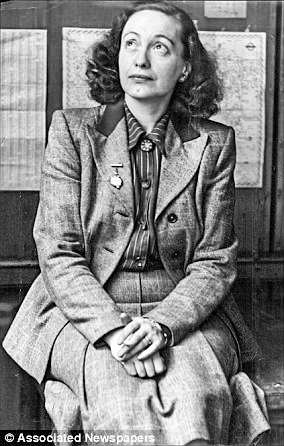
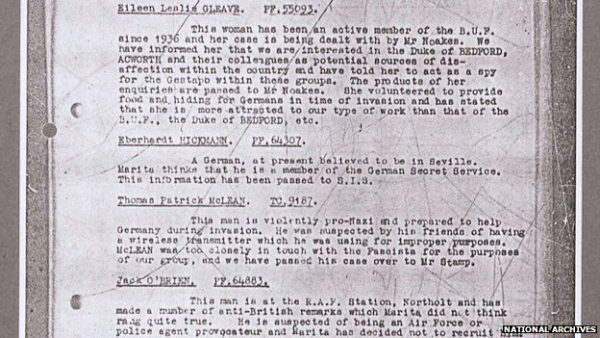
The most alarming and dangerous information Roberts received was from Hans Kohout, an Austrian-born British subject. It was information about an estate house located an hour from London which had been converted to a decryption center: Bletchley Park. If this information had reached Berlin, it was likely the Germans would have bombed Bletchley and the top-secret Ultra Operation with its Enigma machine (decoder of Nazi messages) would have never contributed to winning the war. Throughout the war, Kohout delivered top-secret information such as British tactics to evade air defenses, details of the Mosquito airplane, early night vision technology, and the development of ways to fool German radar.
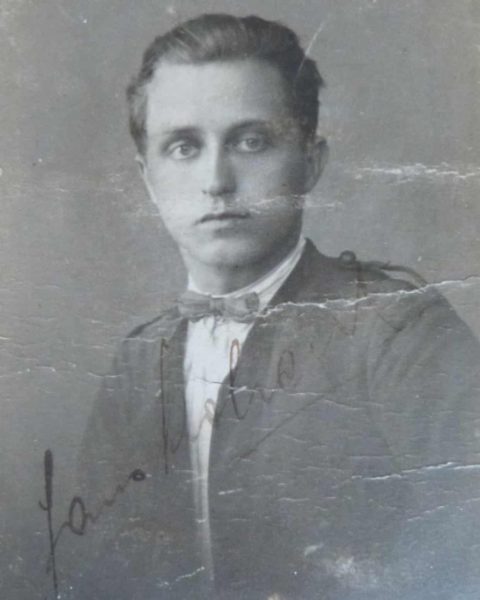
All the information Roberts received was passed on to MI5. It is obvious that had Jack been a real Gestapo agent, Berlin would have been in a position to thwart many of the successful Allied military programs. For the men at MI5 who thought they had seen everything, the willingness and treachery of their fellow citizens was astonishing. Roberts reported to MI5 that many of the people he came into contact with had an absolute hatred for Britain which was driven by anti-Semitism and the propaganda spread by Mosley and the BUF. He reported that people applauded when English women and children were killed by German bombs.
MI5 and the government decided not to punish any of Jack’s “agents.” First off, the Home Secretary had never been told of the operation which meant Churchill knew nothing of it. Second, it would have been embarrassing to the government revealing the willingness of British citizens spying on their own country. At the end of the war, Roberts had compiled a list of more than five hundred Nazi sympathizers who reported to him. In reality, they were traitors and could be sent to prison or worse, executed. These people never learned the truth about the man to whom they were betraying their country. Every one of them went to their grave believing they had aided the Nazis. In fact, Agent Jack had awarded some of them “fake” Nazi medals for the intelligence provided to the Gestapo.
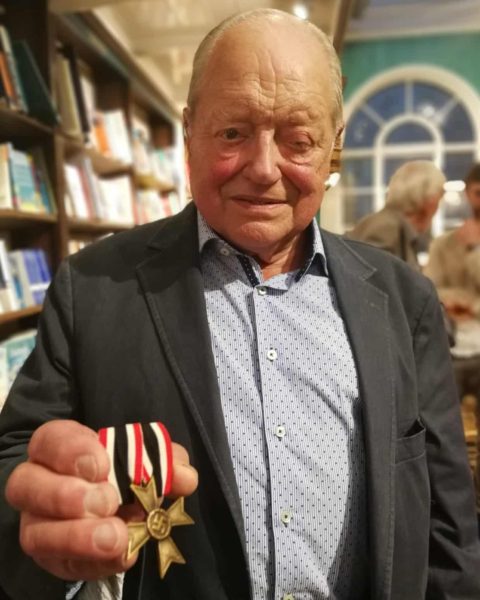
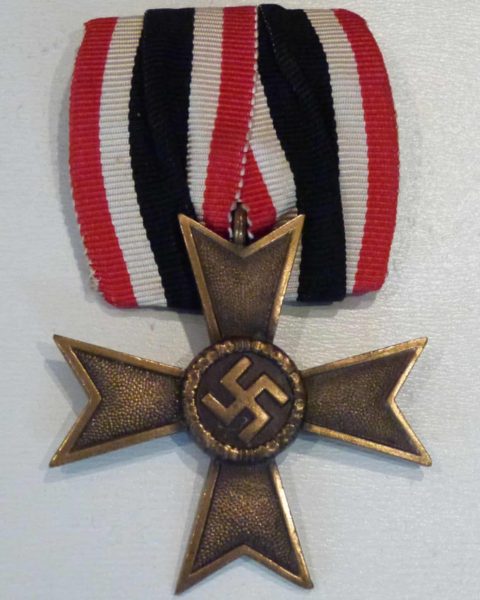
Post-War Career
After the war, Roberts stayed with British intelligence and in 1947, he was transferred to MI6 with an assignment in Vienna. This time, Roberts was posing as a low level British civil servant who was willing to pass intelligence material to his Soviet handler. The information was low-grade accurate but meaningless and in the spy world, it was known as “chicken feed.”
Roberts was moved to a desk job and his job performance suffered ⏤ at least in the eyes of his superiors. He was really only effective when given field assignments. Roberts’s talents in the field were the reason for his success during the war.
Beginning in 1941, Roberts raised concerns within MI5 about Soviet double agents. After the war, he revisited those concerns with one of MI5’s deputy directors as Roberts was convinced there was a mole. In the early 1950s, MI5 discovered two double agents, members of the Cambridge Five spy ring. By 1956, Roberts was retired and living in Canada when he was visited by a MI5 agent who asked Roberts about his suspicions concerning potential double agents. Roberts indicated he was always wary of “Tony,” referring to Anthony Blunt the agent Roberts tried to warn MI5 about in 1941.
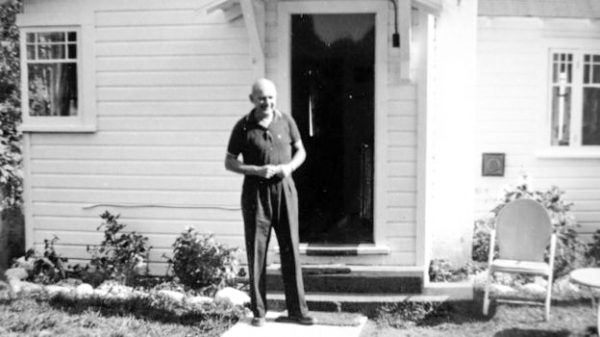
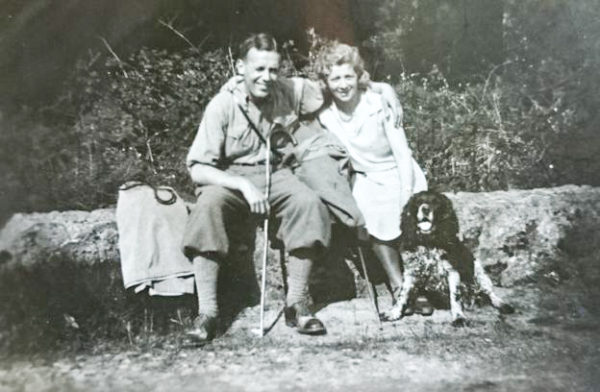
After the visit, Roberts became depressed with severe anxiety. He believed MI5 had him under surveillance because they did not trust him. Roberts wrote a fourteen-page letter to MI5 expressing the way he felt. The letter also explained that he had not been accepted by fellow colleagues in MI5 since his background was middle class and he had not attended the “proper” schools.
It was widely known that a MI5 agent had infiltrated domestic organizations and individuals during the war with spectacular success. However, Roberts was never revealed to be that person. In fact, it was commonly held knowledge that another man had been Agent Jack. It has only been five years since Roberts’s file was released that the world learned who was Agent Jack. He was never awarded any medals, commendations, or official honors. They say the spy business is a lonely one.
Prologue
After the Japanese bombed Pearl Harbor and America declared war, the U.S. Secretary of the Navy, Frank Knox, issued a statement, “The most effective Fifth Column work of the entire war was done in Hawaii with the exception of Norway.” Almost immediately, journalists began writing about Japanese Americans as America’s Fifth Column. On 19 February 1942, President Roosevelt signed Executive Order 9066 ordering the deportation of persons with Japanese ancestry to detention camps, many of them American citizens. Canada and Mexico did the same while South American countries rounded up people with Japanese ancestry and sent them to the United States.
✭ ✭ ★ Learn More About Agent Jack, Fifth Column, and M ✭ ★ ★
Hutton, Robert. Agent Jack: The True Story of MI5’s Secret Nazi Hunter. New York: St. Martin’s Press, 2018.
Disclaimer:
There may be a chance that after we publish this particular blog, the video links associated with the blog are no longer accessible. We have no control over this. Many times, whoever posts the video has done so without the consent of the video’s owner. In some cases, it is likely that the content is deemed unsuitable by YouTube. We apologize if you have tried to access the link and you don’t get the expected results.
What’s New With Sandy and Stew?
As we get closer to the editing process for the new book, I found out that our long-time editor, Dimples Kellogg, has retired. Sandy and I want to wish Dimples and her husband all the best in their retirement and the move back to her hometown in Arkansas.
Dimples, thank you for the time and effort you put into the four books. You began this little journey with me six years ago and I’m disappointed we won’t finish it together. It will be impossible to replace you.
Stew
Thank you to all of you who subscribe to our bi-weekly blogs. It seems there isn’t a day that goes by where we don’t increase our readership. Please let your history buff friends and family members know about our blogs.
Someone Is Commenting On Our Blogs
Thank you once again to Nicole C. for her kind comments regarding the annual blog commemorating the liberation of Holland. She lived in Maastricht between 1969 and 1971 when her husband was serving in the U.S. Army (with NATO). She remembers the 25th anniversary of the end of the war being celebrated by the Dutch. I always find it amazing that our family moved to Holland twenty-years after the war ended. My mother commented from time to time that she was appalled that former Nazis were walking around free.
If there is a topic you’d like to see a blog written about, please don’t hesitate to contact me. I love hearing from you so keep those comments coming.
Why Would You Want To Buy Our “Walks Through History” Books?
Simple.
You like to travel and experience history and historical events. You like to see original buildings that had a significant impact on the people and events of the history you’re engaged with. You want to know the stories behind the brick and mortar in front of you.
The walking tour books are meticulously researched so you can go directly to those sites and learn about the building’s history as well as an introduction to some of the more interesting people associated with it.
We Need Your Help
Please tell your friends about our blog site and encourage them to visit and subscribe. Sandy and I are trying to increase our audience and we need your help through your friends and social media followers.
Thank You
Sandy and I appreciate you visiting with us. We have some exciting things on the horizon and we’ll keep you updated as we go along.
Share This:
Follow Stew:
Find Stew’s books on Amazon and iBooks.
Please note that we do not and will not take compensation from individuals or companies mentioned or promoted in the blogs.
 Walks Through History
Walks Through History
Copyright ©2020 Stew Ross

I thought you might be interested to learn that Marita Perigoe later moved to Australia and hid her fascist attitudes before marrying John Gordon McKenzie, Director General of Education, who died suddenly at his desk. He was my grandmother’s cousin and a splendid man. Our family always viewed his death as suspicious.
Hi Bonnie; Thanks for letting us know this information on Perigoe. I did not know this. There is not very much information on her post-war life. Mr. McKenzie was her second husband and after he passed, she married two more times before dying in 1984. Interesting that she managed to keep her sordid past from Mr. McKenzie. I’m sure that if he had known, he would have been mortified. Again, many thank for reaching out to us. STEW
Very interesting. I have been researching Eileen Gleave and Marita Perigoe and their interest in Wales which provides a tenuous link with operation Crowhurst, the Welsh Double-Cross operations involving ‘WW’, SNOW and Gwilym Williams’. See ‘Spying for Hitler: The Welsh Double Cross by John Humphries, University of Wales Press (2012). Ultimately these operations led to the deployment of ‘Garbo’ and the strategic deception regarding D-day.
Hello Michael; thank you for this information. I did not know about the connection between Garbo and the Welsh Double Cross. I appreciate your recommendation of Humphries’ book and I’ll look into this in greater depth. Of the five primary double agents, I think Juan “Garbo” Garcia was certainly the most ingenious of the bunch. I hope you enjoy our other blogs. STEW
Hi Stew, I read this exiting older blog. The story is widely unknown.
I found one small mistake: The faked medal from Hans Kohout is not the Iron Cross. It is a War Merit Cross, which was only for cicilians. Nonetheless, a great trick from MI5!
Greetings from Germany,
Raymond
Hi Raymond; Thanks so much for letting me know about the image caption mistake. You are correct. It’s the War Merit Cross (without swords). We’ll get the caption changed. There were lots of great MI5 tricks. Please keep looking for my mistakes! I appreciate you and everyone else letting me know when I mess up. STEW